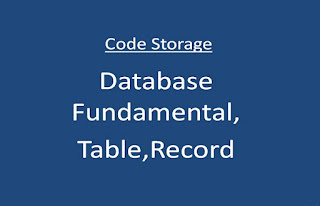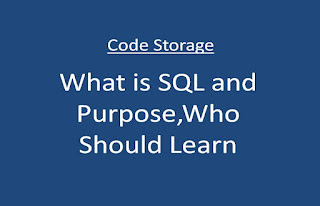1.What is DBMS,Advantage,Type of DBMS
What is DBMS
- A database management system is a software designed to assist in maintaining and utilizing large collection of data.
- The alternative to use a DBMS is to store the data in files and write application specific to manage it.
- DBMS allows users to create their own databases as per requirement.
- It provides an interface between the data and the software application.
Advantage of DBMS
- Data independence.
- Efficient data access
- Data integrity and security
- Data Administration
- Concurrent access and data recovery
- Reduce application development time
Types of DBMS
- Hierarchical DBMS
- Network DBMS
- Relational DBMS
- Object Oriented
1.Hierarchical DBMS
- In Hierarchical database, model data is organized in a tree like structure.
- Data is stored hierarchically (top down or bottom down ) format .
- Data is represented using a parent child relationship.
- In hierarchical DBMS parent may have many children,but children have only one parent.
2.Network DBMS
- The network database model allow each child to have multiple parents.
- It helps you to address the need to model more complex relationship like many to many relationship.
- In this model,entities are organized in a graph which can accessed through several paths.
3.Relational DBMS
- Relational DBMS is the widely used DBMS model in the industries because it is one of the easiest.
- Relational DBMS based on the normalization data in the row and column of the tables.
- It is stored in a fixed structures and manipulated using SQL.
4.Object Oriented
- In object oriented model data data stored in a form of objects.
- The structure we called is class we stored data within the class.
- It define a database as a collection of objects which store both data members values and operations.







